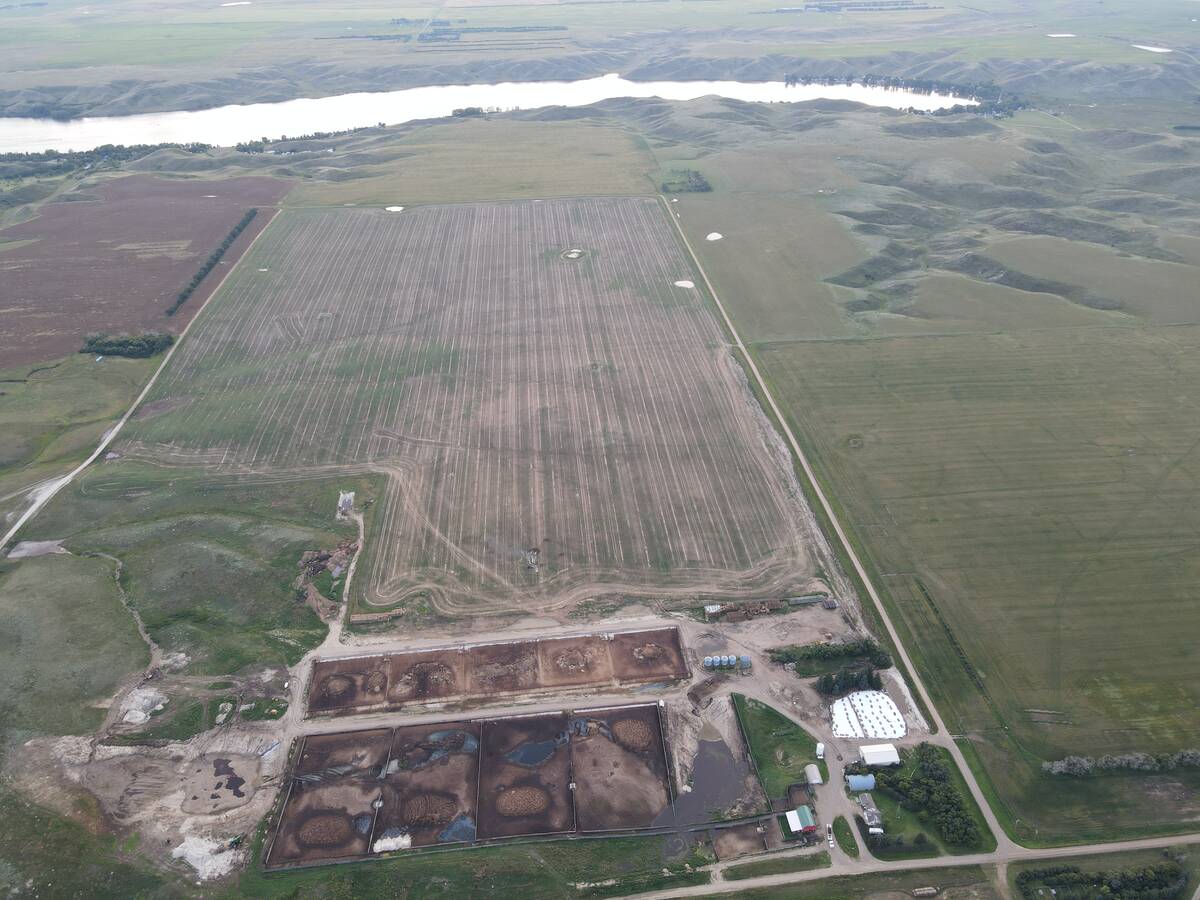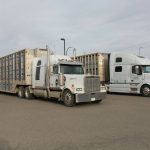It’s hoped producers will use the batteries to power the in-field sensors that are becoming more common in agriculture
WINNIPEG — There can be billions of micro-organisms in a single gram of soil. That massive population of bacteria and fungi deliver many functions for crops, such as breaking down nitrogen molecules so the nutrient becomes available to plants.
Scientists in the United Kingdom have learned that soil microbes can also perform a task unrelated to agriculture that may soon benefit farmers.
The micro-organisms can generate electricity for a soil-powered battery.
Read Also

Saskatchewan RM declines feedlot application, cites bylaws
Already facing some community pushback, a proposed 2,000-head cattle feedlot south of Swift Current, Sask., has been rejected for a municipal permit, partly over zoning concerns about the minimum distance from a residence.
Researchers at the University of Bath have developed a battery, branded as a Bactery, which is about the size of a baseball.
They hope farmers will use the batteries to power the in-field sensors that are becoming more common in agriculture.
“The Bactery is permanently installed in the ground, acting as a power source for a nearby sensing device,” said Jakub Dziegielowski, who has a PhD in chemical engineering and recently founded Bactery to commercialize the technology.
“Our Bacteries self-recharge from the ground, offering a continuous source of power.”
They rely on electrigens, which are soil microbes with the “unique ability to generate electrons during the consumption of organic compounds,” says a University of Bath release.
The Bactery contains two electrodes. The anode is buried in the soil and the cathode is exposed to air.
“Electrigens populate the surface of the anode and as they ‘consume’ the organic compounds present in soil, they generate electrons,” says a report from sciencedaily.com.
“These electrons are transferred to the anode and travel to the cathode via the external circuit, generating electricity.”
In an email to the Western Producer, Dziegielowski noted that in-field sensors need a reliable and cheap source of power.
“At the moment, the power delivery solutions make up 50 to 60 percent of the costs of sensors and IoT (Internet of Things),” he said. “(The) most common types of wireless power are single use batteries and solar.”
Batteries need replacing and solar panels are not ideal in a dusty field, Dziegielowski said. The panels need periodic cleaning and must be elevated above the crop to get exposure to sunlight.
“With Bactery, you simply install our soil-powered battery in the ground and forget about any maintenance,” he said.
The U.K. start-up expects to sell the soil-powered batteries for about $45.
There could be a significant market because in-field sensors are being installed on farms in North America, Australia and other regions.
The sensors are part of the movement often described as Big Data agriculture or the Smart Farming revolution. They can provide a range of real-time information, including data on soil moisture, nutrient availability, plant stress and soil pH.
“Farmers are increasingly valuing the importance of data to make informed decisions towards resource-efficient agricultural practices,” said Mirella Di Lorenzo, a University of Bath professor and a director of Bactery.
“We are removing the barrier to generating that data by creating a sustainable way to power sensors, and making them always on, cheap, low maintenance and low impact.”
















